 Shutterstock
Shutterstock
Long before security cameras, alarm systems, and “beware of dog” signs, there were temple dogs—sacred guardians who didn’t just protect holy places; they were often considered holy themselves. These ancient breeds weren’t pampered pets or lazy loungers. They were warriors with purpose, spiritual sentinels stationed at temples, monasteries, and shrines across the globe. These dogs were seen as protectors of divine spaces and often treated with reverence by monks, priests, and worshippers alike. These dogs did more than bark at strangers—they stood between sacred peace and worldly chaos.
Tibetan Mastiff
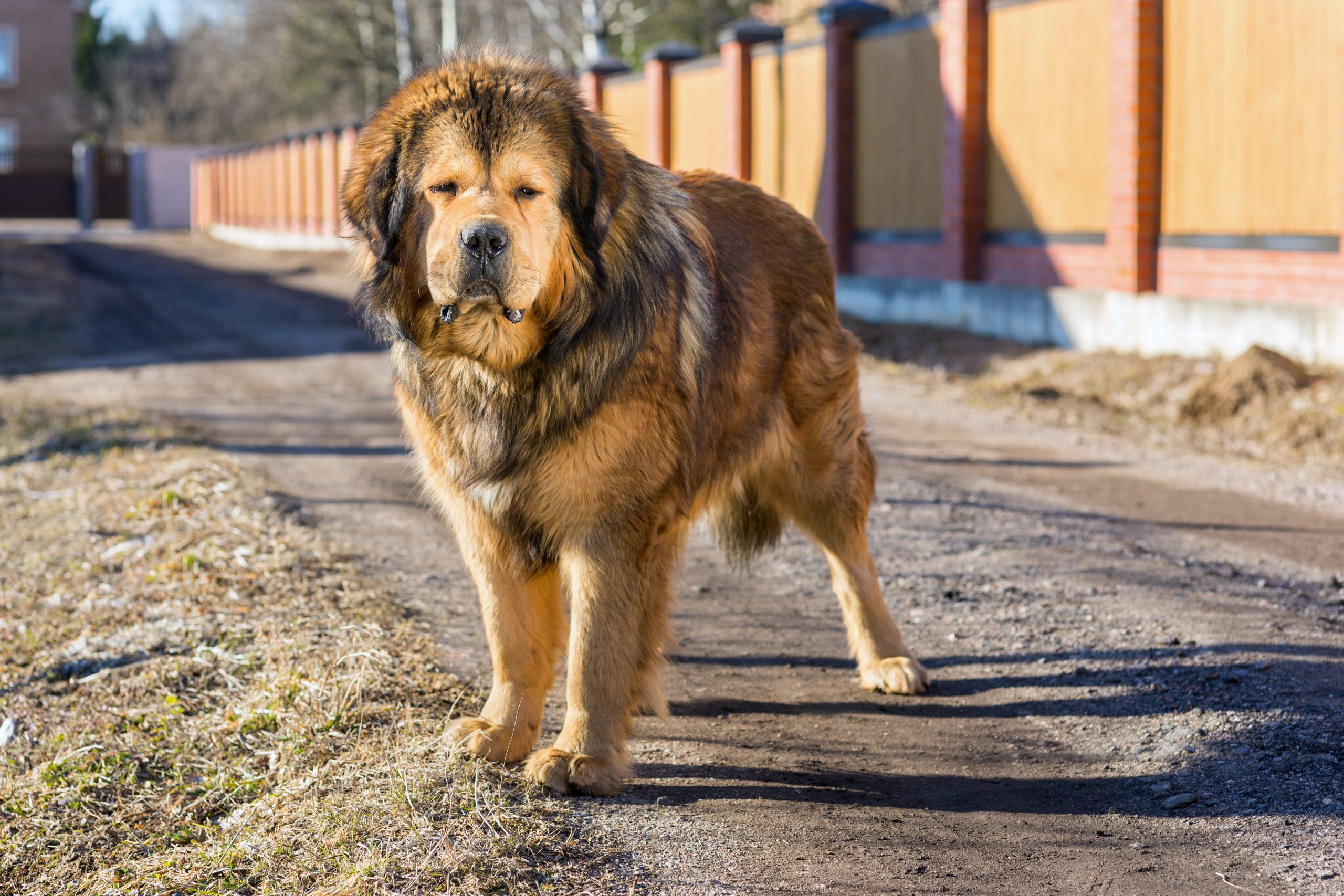 Shutterstock
Shutterstock
The Tibetan Mastiff is the mountain-sized guardian of Himalayan temples, bred specifically to protect monasteries and entire villages from intruders—both physical and spiritual. With their massive build, lion-like mane, and thunderous bark, these dogs were taken very seriously. They often lived outside temples, guarding the grounds at night and deciding who was allowed to get close. Their aloof, independent nature meant they didn’t require constant instruction—they just knew their job and did it like stoic, furry monks with a mean growl. If a Tibetan Mastiff lets you through the gate, consider yourself divinely approved.
Lhasa Apso
 Shutterstock
Shutterstock
While the Tibetan Mastiff handled things outside, the Lhasa Apso handled business inside. Bred in Tibetan monasteries to serve as alert dogs, these small, long-haired sentinels would raise the alarm at the first sign of trouble. Don’t let their size fool you—Lhasas are watchful, confident, and famously loyal. Monks believed they were spiritual protectors, often treating them as sacred beings believed to house the souls of reincarnated lamas. So yes, that tiny fluff ball in the temple corner? Probably a grumpy monk in disguise, judging your footwear.
Japanese Chin
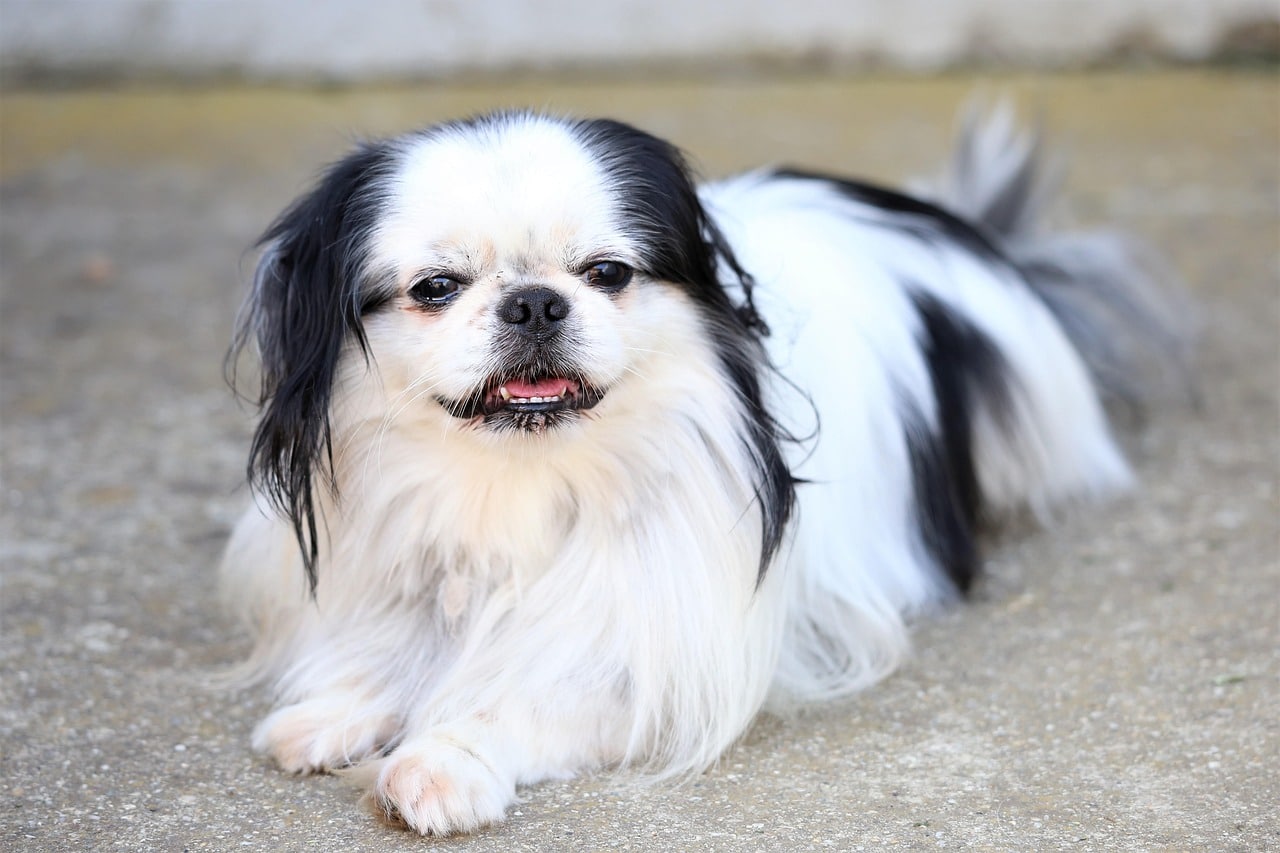 Shutterstock
Shutterstock
Originally gifted to Japanese nobility by Buddhist monks, the Japanese Chin found its place not just in palaces but also in sacred spaces. Revered for their delicate features and serene presence, these little dogs were considered symbols of balance, harmony, and spiritual purity. While they weren’t exactly the “attack” type, they served as calming presences in temple environments, often accompanying priests and sitting quietly during rituals. Their noble bearing and cat-like grace made them seem otherworldly—like tiny zen masters with fur and a judgmental side-eye.
Shih Tzu
 Shutterstock
Shutterstock
The Shih Tzu’s very name means “lion dog,” a reference to the Buddhist belief that lions protect sacred teachings. These small dogs were bred by Chinese monks to resemble lions and were considered sacred companions in temples and palaces alike. Often seen nestled near altars or calmly surveying worshippers, they were treated with great reverence. Their calm, affectionate demeanor made them ideal for temple life, where quiet companionship was more valued than fierce barking. They may be lap-sized, but their energy was all divine watchdog.
Pekingese
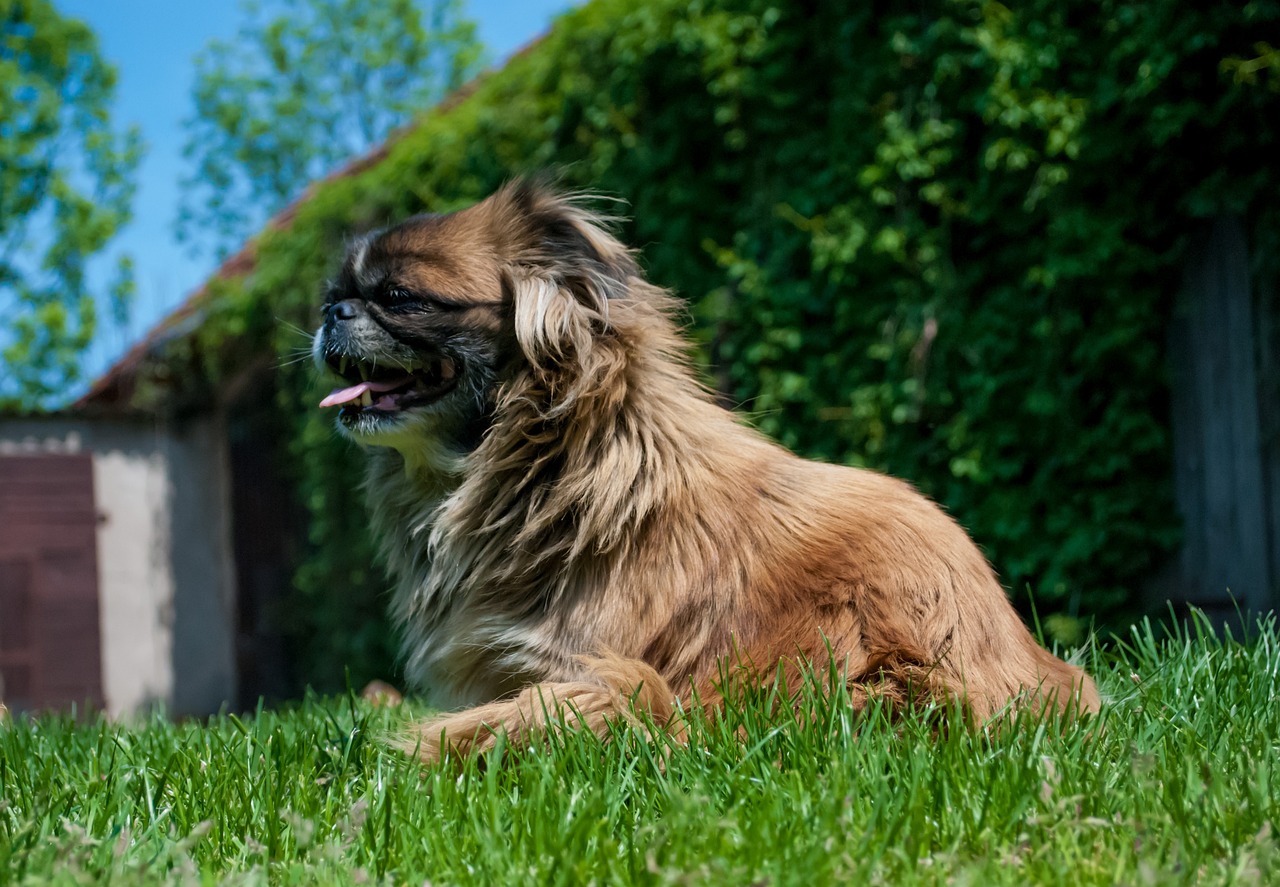 Shutterstock
Shutterstock
Bred to Chinese royalty and closely associated with Buddhist monks, the Pekingese were revered as spiritual guardians. With their flowing manes and lion-like faces, these dogs symbolized protection and divine presence in temple settings. They were believed to drive away evil spirits and bring blessings to those they favored. Pekingese often sat beside statues of guardian lions as if daring the stone beasts to match their level of sass and sacredness. In the temple hierarchy, they were basically holy gatekeepers with a serious hairdo.
Akita Inu
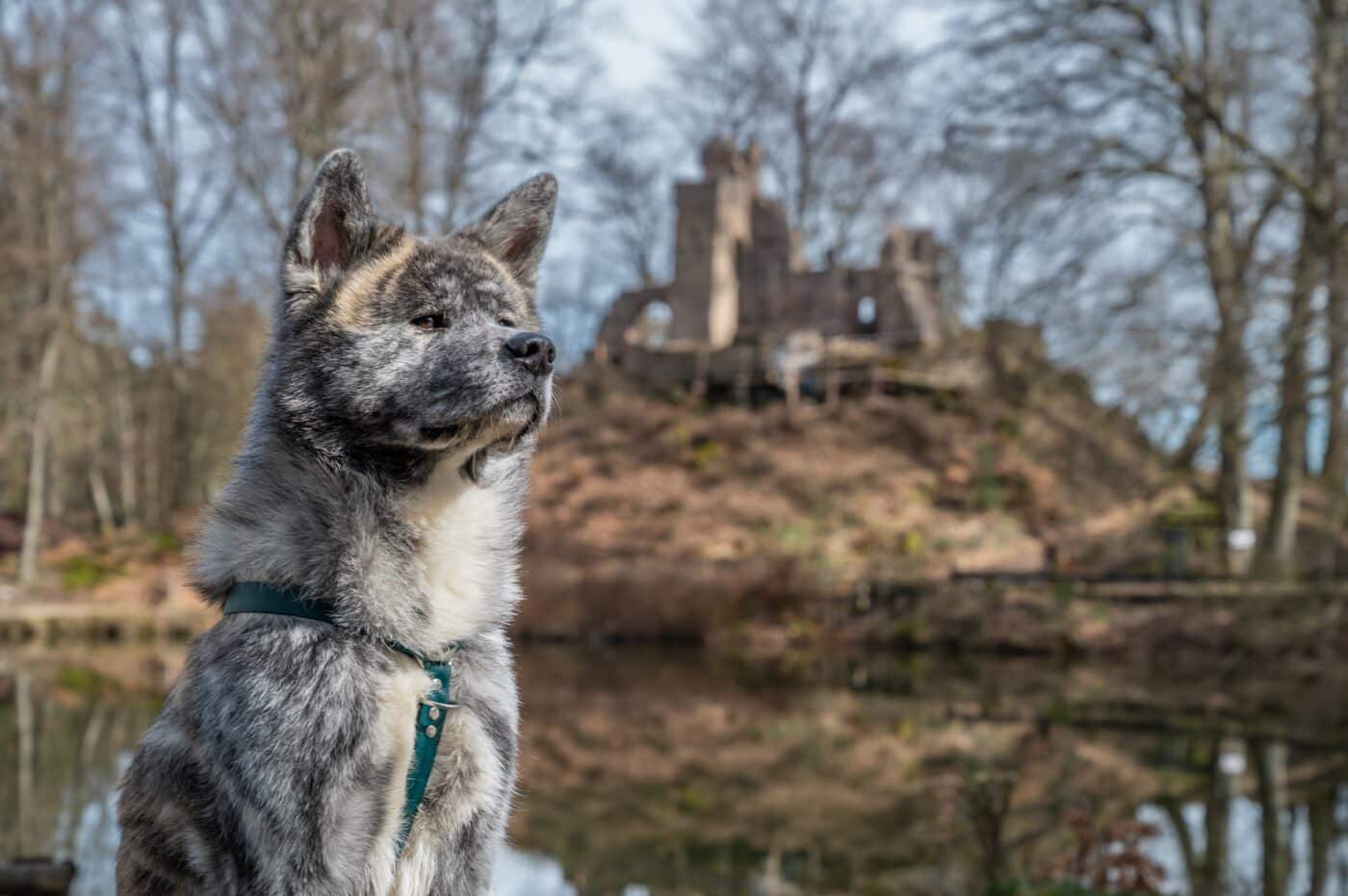 Shutterstock
Shutterstock
The Akita has long been considered a spiritual symbol in Japan, deeply connected to Shinto shrines and traditional beliefs. Known for their unwavering loyalty and protective instincts, Akitas were believed to bring health, happiness, and protection. Statues of Akitas are often placed at shrines to serve as spiritual sentinels. Their presence in sacred spaces wasn’t just about security—it was about anchoring positive energy and warding off evil. When an Akita stood still, even the wind dared not pass.
Thai Ridgeback
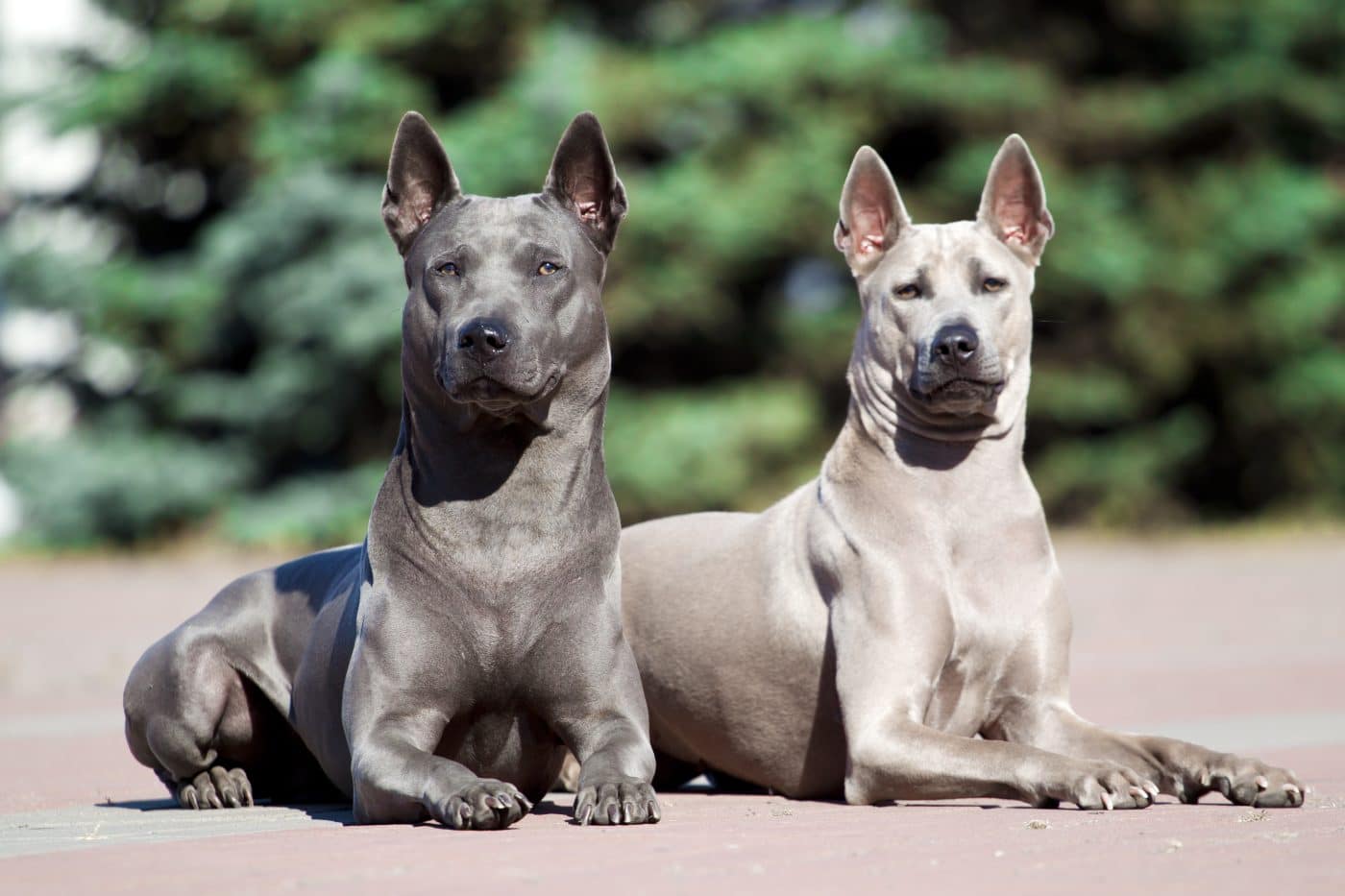 Shutterstock
Shutterstock
This rare and ancient breed has roots in rural Thailand, where it served as a guardian for homes, temples, and travelers. Thai Ridgebacks were valued for their independence, territorial nature, and alertness—qualities that made them perfect for guarding temple grounds and sacred forests. They were known to live harmoniously with monks, protecting temple perimeters while still maintaining a respectful distance during rituals. Elegant yet powerful, they are the dogs that don’t bark unless something truly needs barking. They didn’t wear robes, but they definitely had the spirit of the temple within them.
Korean Jindo
 Shutterstock
Shutterstock
Native to Korea, the Jindo is a breed renowned for its unwavering loyalty and natural guarding instincts. While often seen as household protectors, these dogs also found their way into temples and sacred spaces, where their disciplined behavior and strong sense of territory were prized. Jindos don’t just follow—they form deep bonds and protect with fierce devotion. In a temple setting, they were the silent observers, the ones who noticed everything but spoke only when necessary. Think monk vibes but with more fur and zero tolerance for nonsense.
Shar Pei
 Shutterstock
Shutterstock
With its wrinkled appearance and calm demeanor, the Shar Pei was a natural fit for guarding Chinese temples and rural shrines. Initially used for protection and hunting, the breed also found spiritual significance in its association with loyalty and strength. They weren’t flashy; they were focused, alert, and content to guard without fuss. Their quiet confidence made them excellent temple guardians—always watching, rarely barking, and definitely not letting your bad energy get past the gate. If a Shar Pei stood in your path, you probably needed to rethink your life choices.
Chow Chow
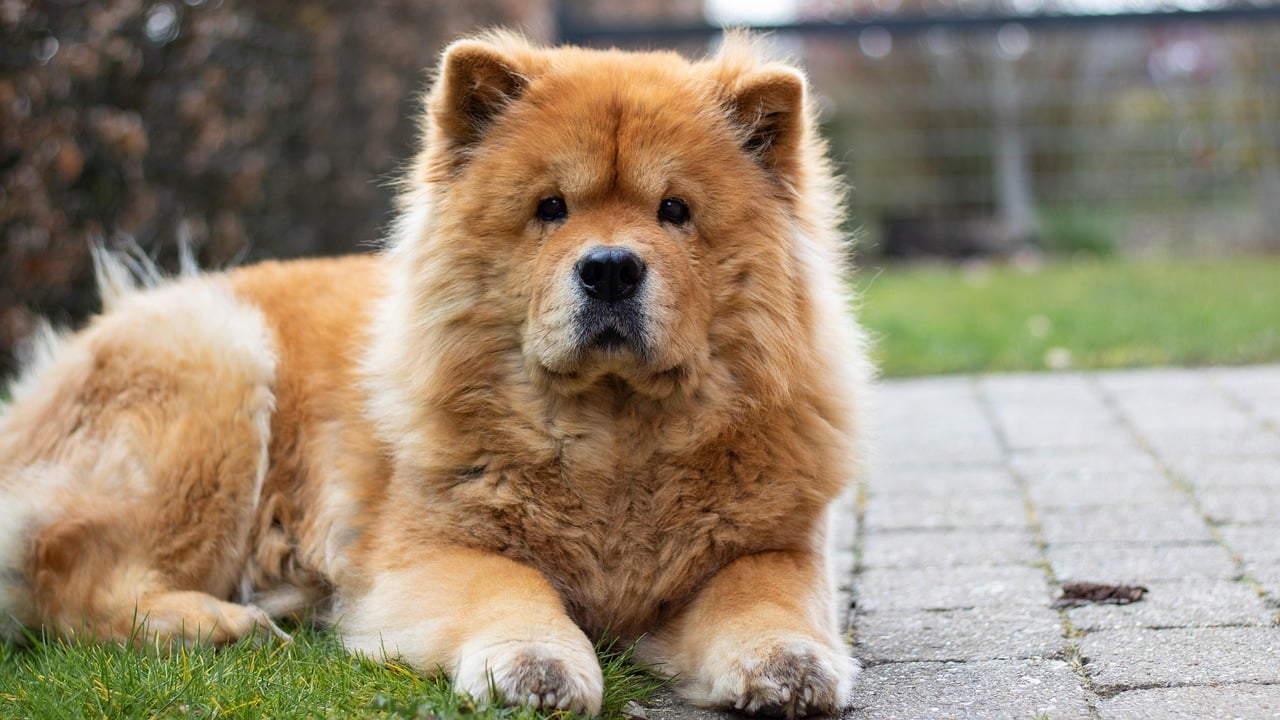 Shutterstock
Shutterstock
With its lion-like mane, piercing gaze, and blue-black tongue, the Chow Chow has long been considered a mystical and noble breed. In ancient China, they were temple guardians, patrolling sacred grounds and often placed in spiritual roles. Their aloof and stoic nature suited them for the quiet vigilance required in religious spaces. You didn’t need to tell a Chow what to do—it already knew. You can probably decide if you are worth saving based on how you pronounced “Buddha.”
Caucasian Shepherd Dog
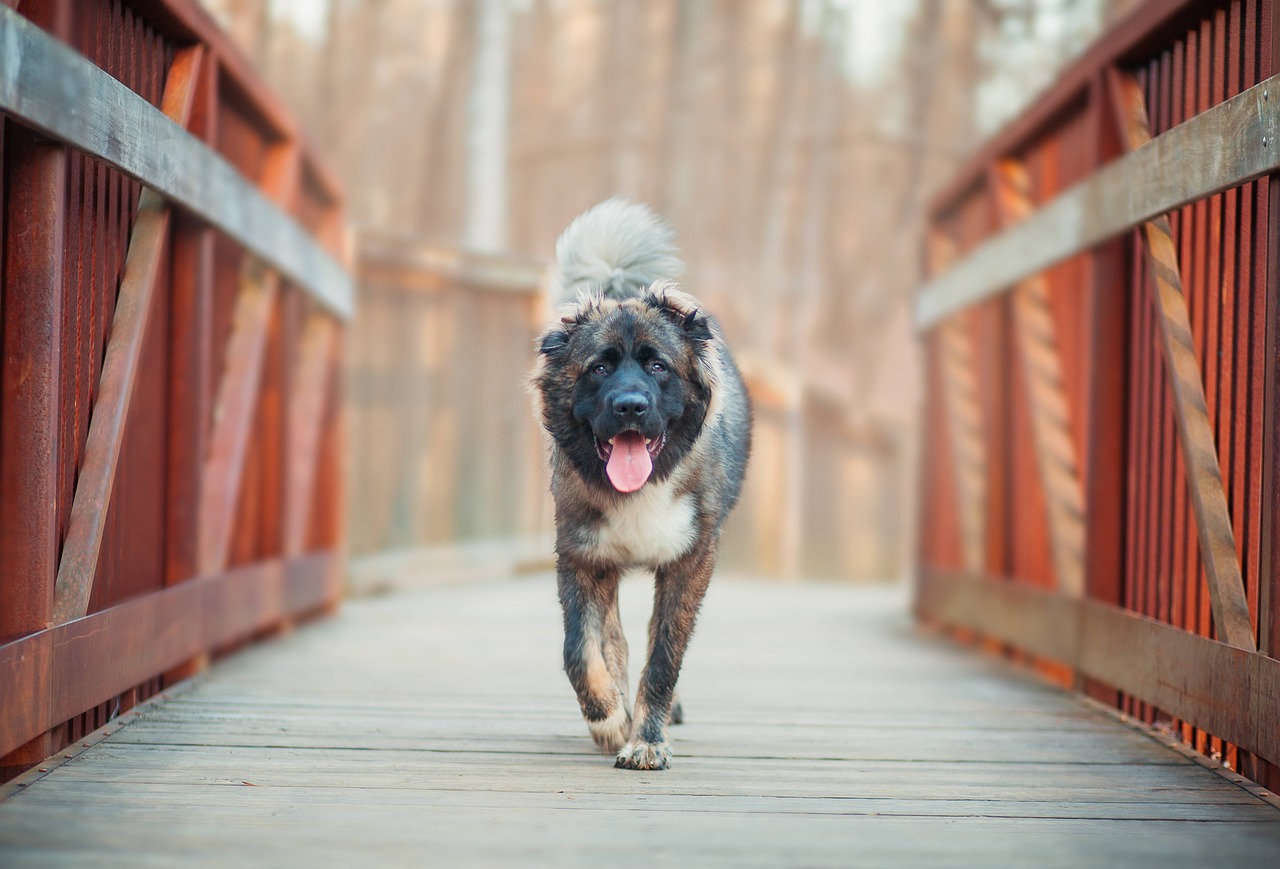 Shutterstock
Shutterstock
The Caucasian Shepherd Dog, also known as the Caucasian Ovcharka, is a guardian breed so formidable it practically radiates “do not enter” energy. Originating from the mountainous regions between Europe and Asia, this massive, lion-like protector wasn’t just guarding sheep—it was stationed around remote monasteries and sacred hermitages in the Caucasus. Revered for its bravery, independence, and near-immovable loyalty, the Caucasian Shepherd acted as a living wall between holy sites and intruders. Monks trusted them to patrol silently, allowing prayers uninterrupted while danger stayed far away. If this dog gave you a side-eye at a temple gate, you turned around—and maybe reconsidered your karma.
Belgian Malinois
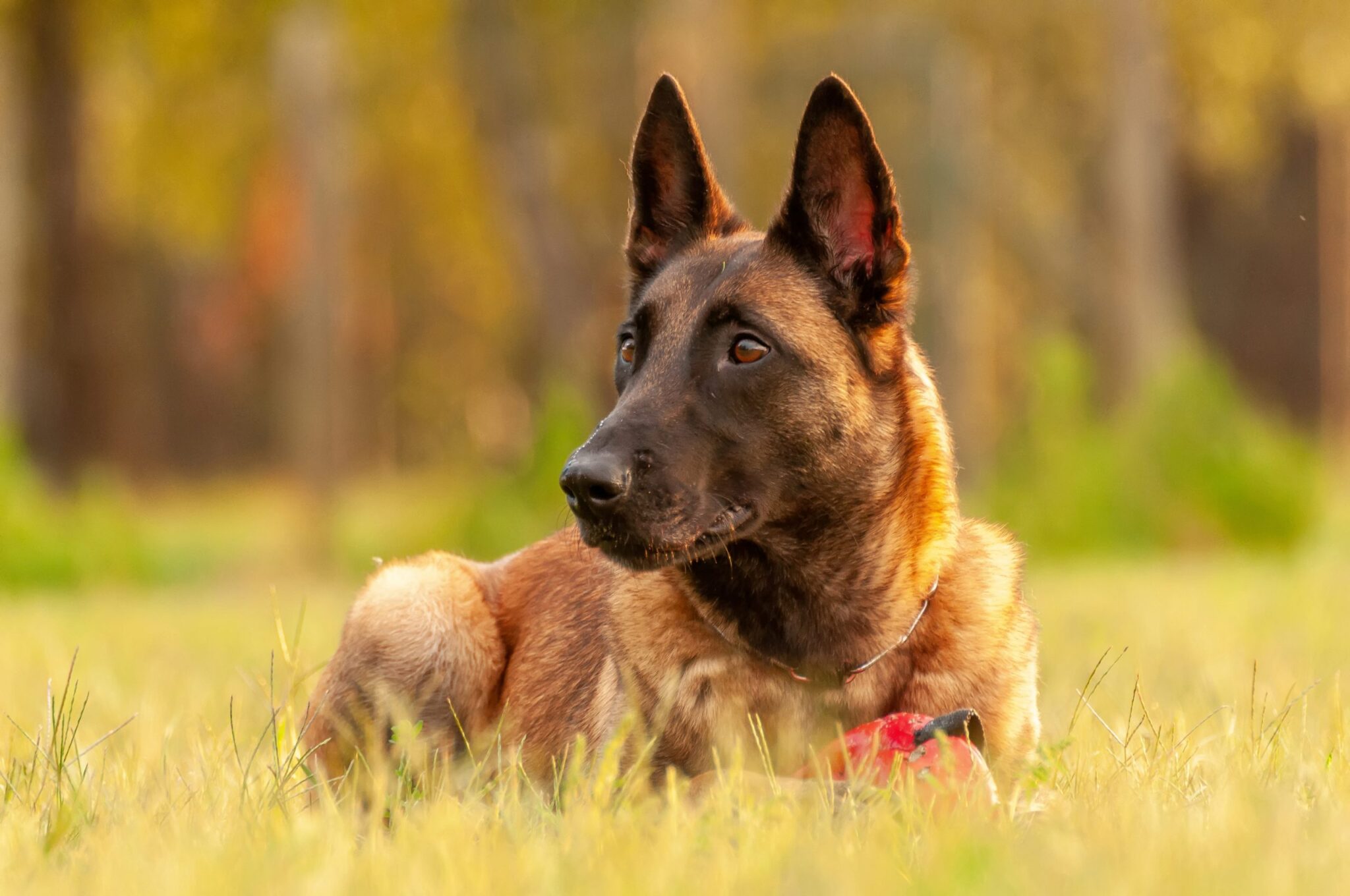 Shutterstock
Shutterstock
The Belgian Malinois may be known today for its role in modern police and military work, but its roots in guarding sacred spaces are just as impressive. In several parts of Europe, particularly in monastic communities, Malinois were trusted to watch over abbeys, chapels, and religious relics. Their intelligence, vigilance, and laser-focused loyalty made them ideal temple companions, quietly patrolling perimeters while blending into the serene atmosphere. Unlike flashier breeds, the Malinois worked with silent precision—more monk than mutt. If a sacred scroll needed protection, this dog was already sitting beside it, wondering why you were late.
Anatolian Shepherd
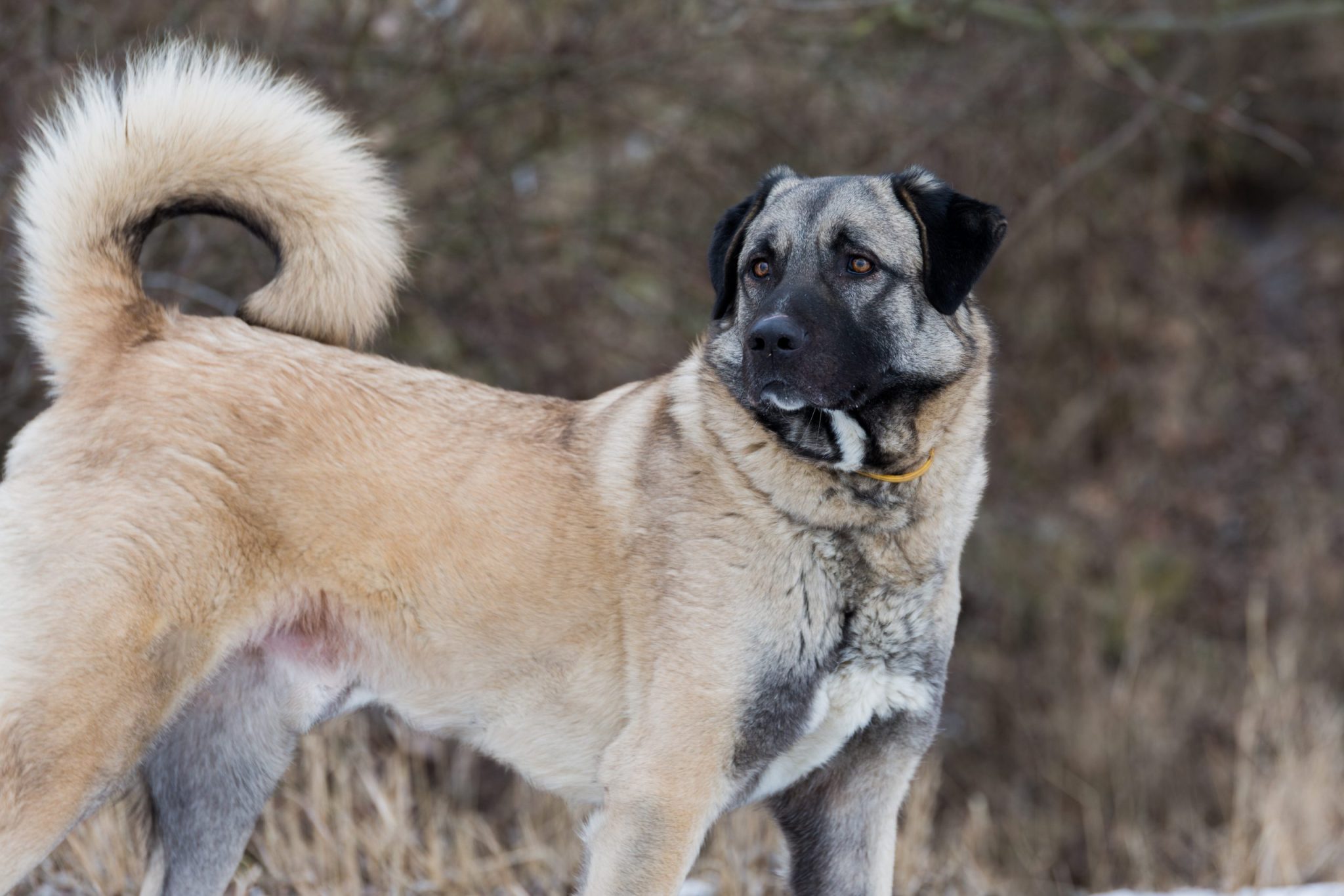 Shutterstock
Shutterstock
Originating from Turkey, the Anatolian Shepherd has been a steadfast guardian of livestock and sacred places. In many rural communities, temples, and shrines were left under the watchful eyes of these dogs, trusted not only for their size but for their sense of judgment. Anatolians are calm, intelligent, and naturally protective. They don’t overreact—they assess, decide, and act. Think of them as the holy land’s secret service: large, intimidating, and silently spiritual.
The Sacred Woof And Watch Patrol
 MidJourney
MidJourney
These divine defenders didn’t just guard temples; they became part of the spiritual architecture. These dogs have been more than companions—they’ve been spiritual bouncers, divine doorbells, and holy nap partners through centuries of incense, chants, and foot traffic. Each of these breeds carries an ancient calm and an unspoken “you shall not pass” energy. If your dog has ever side-eyed your guests like it’s guarding a sacred scroll, now you know—it’s not being dramatic. It’s just honoring its temple-guarding ancestors, one sacred snooze at a time.

 1 week ago
6
1 week ago
6
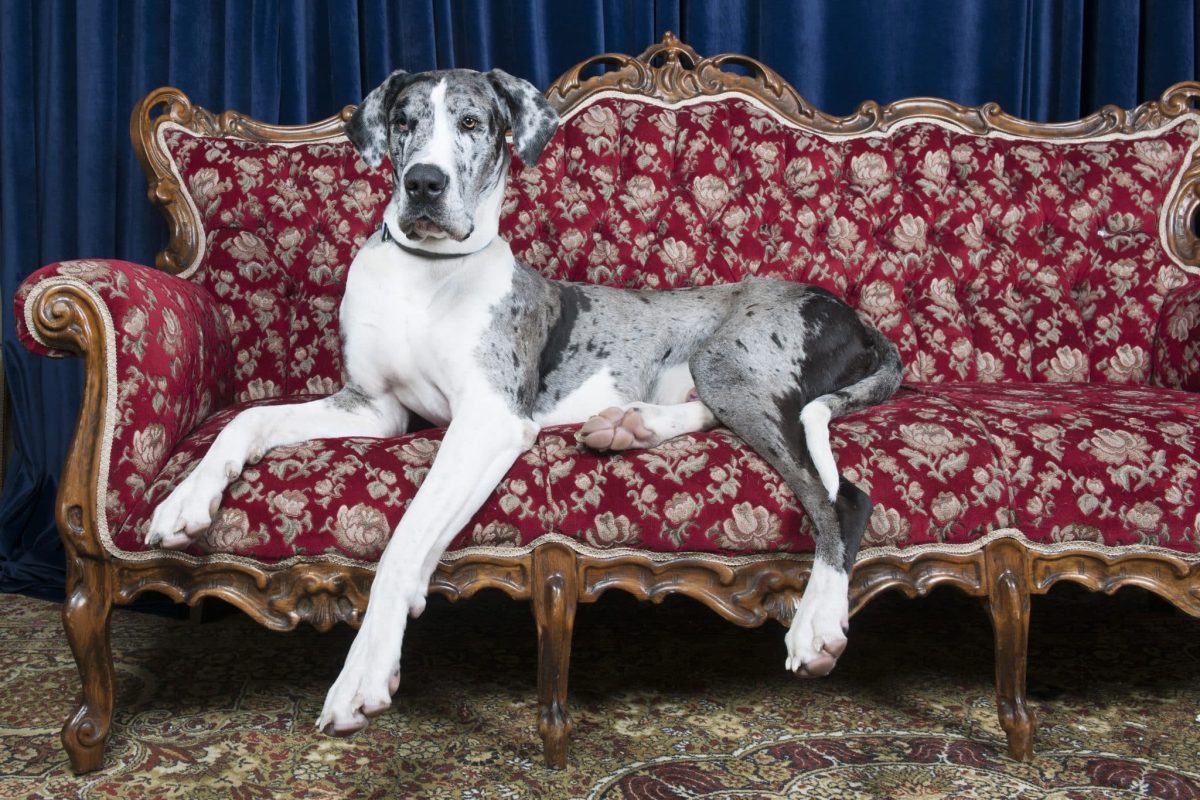

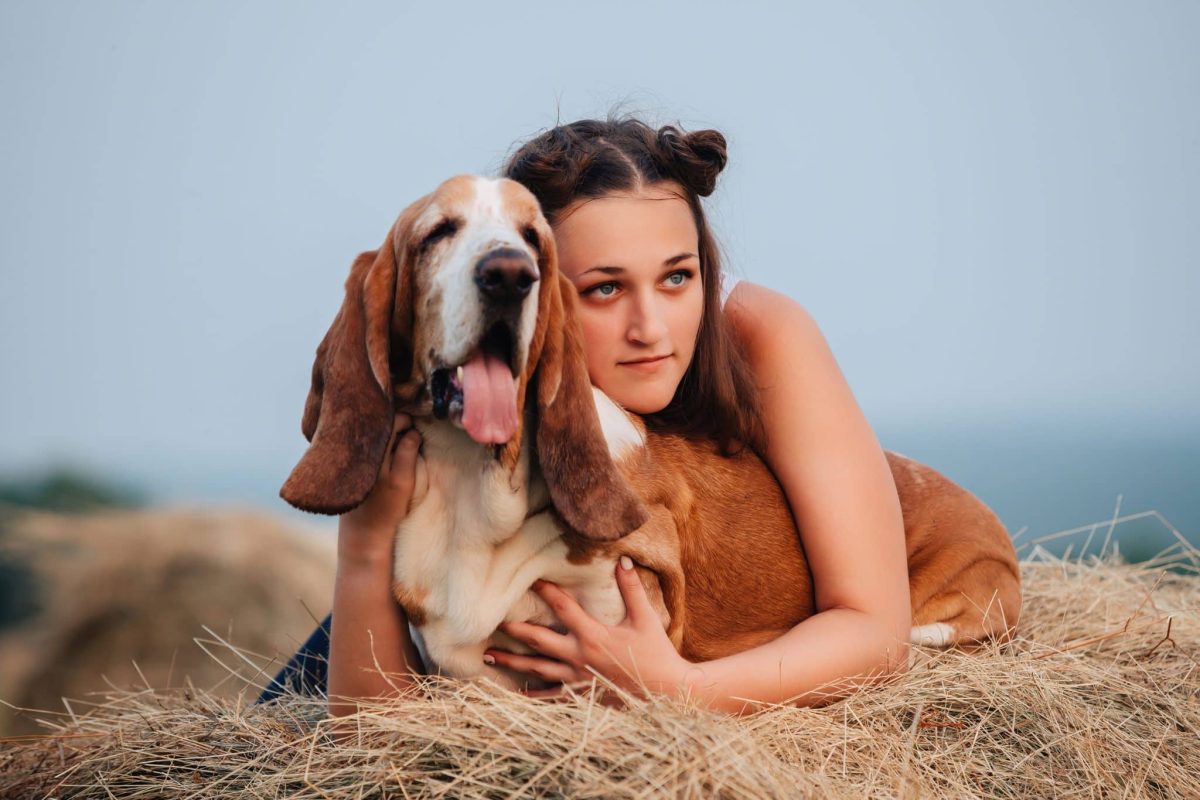







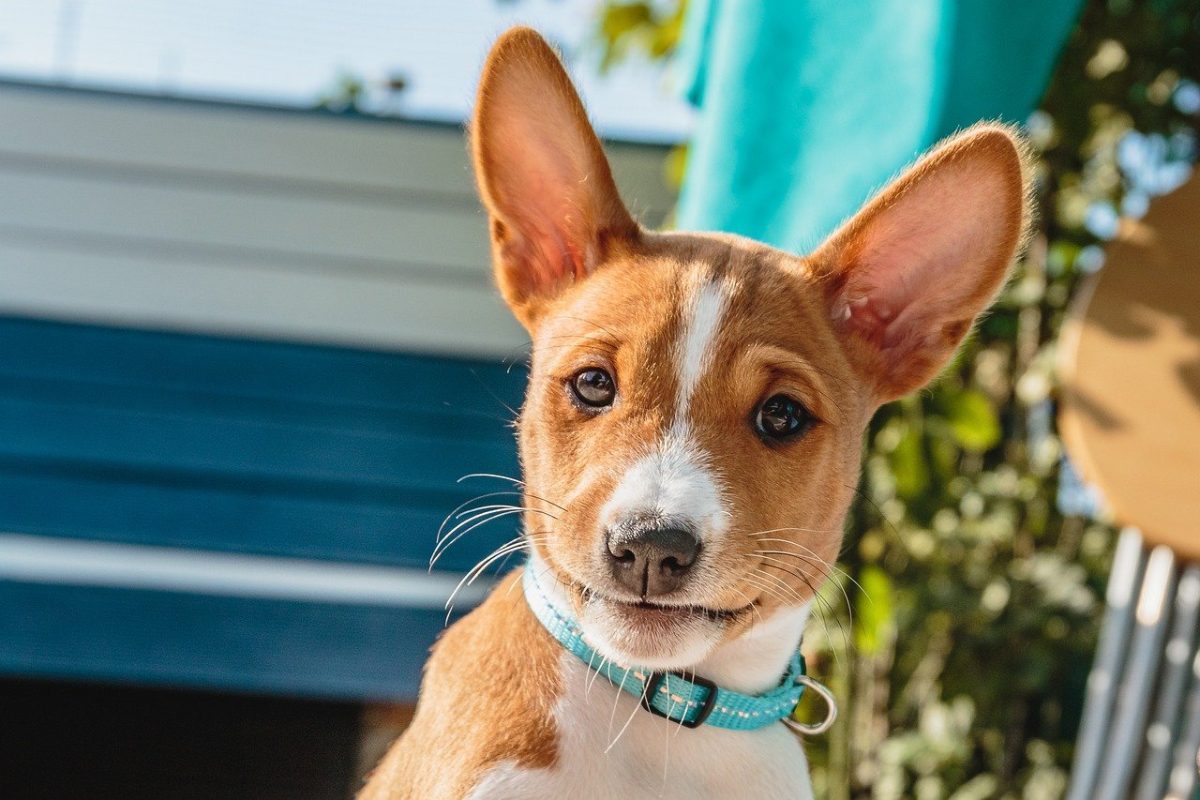

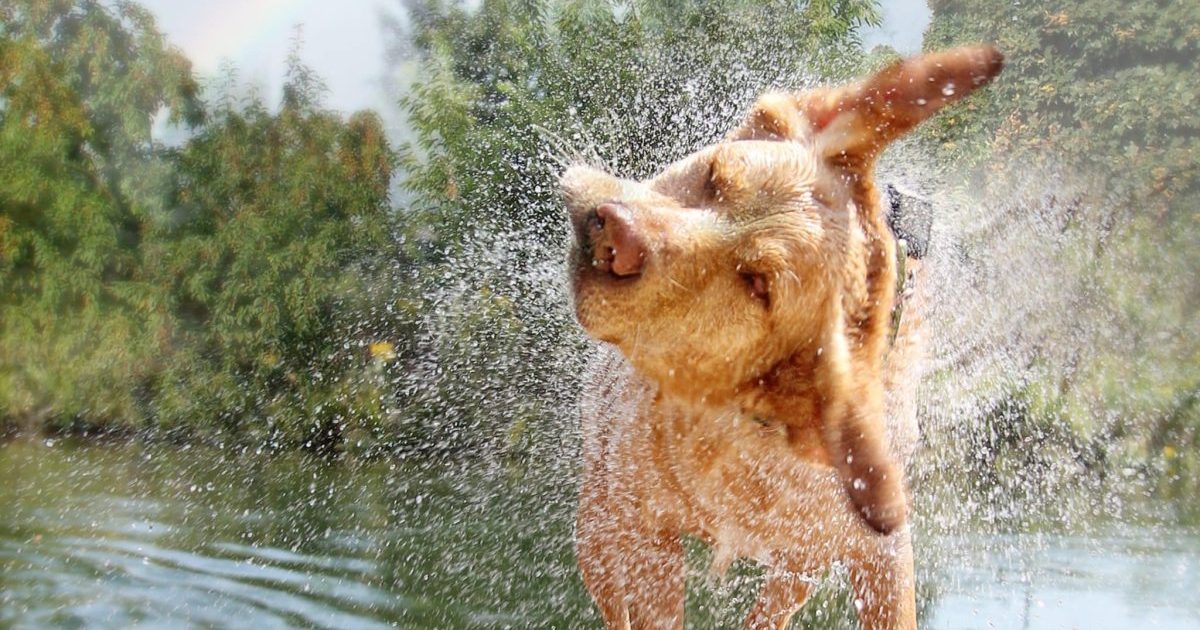

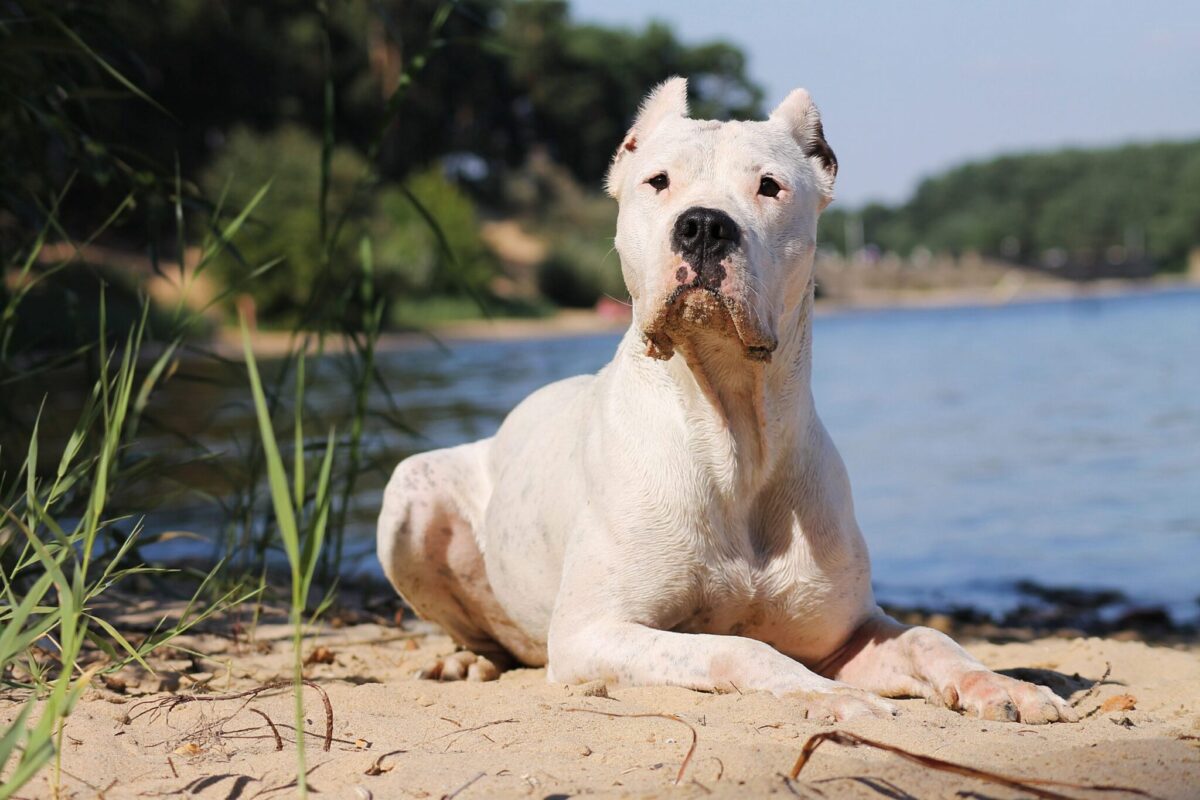

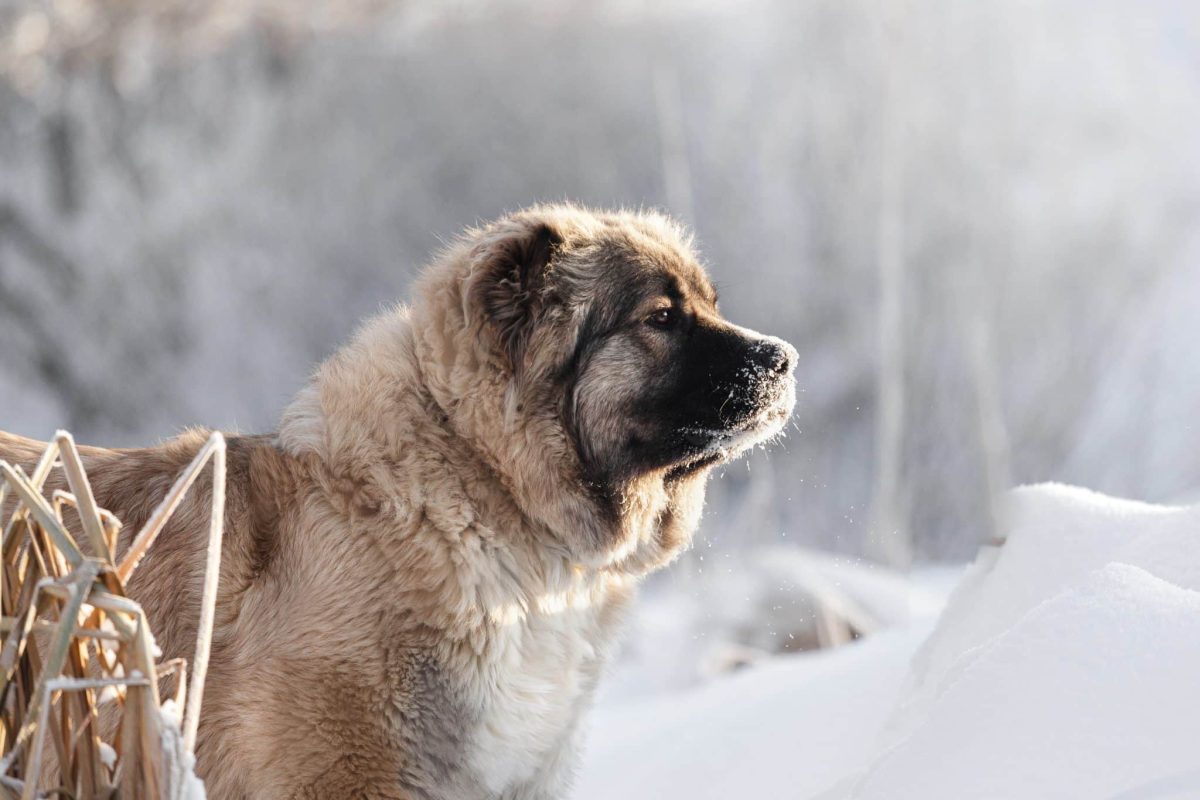
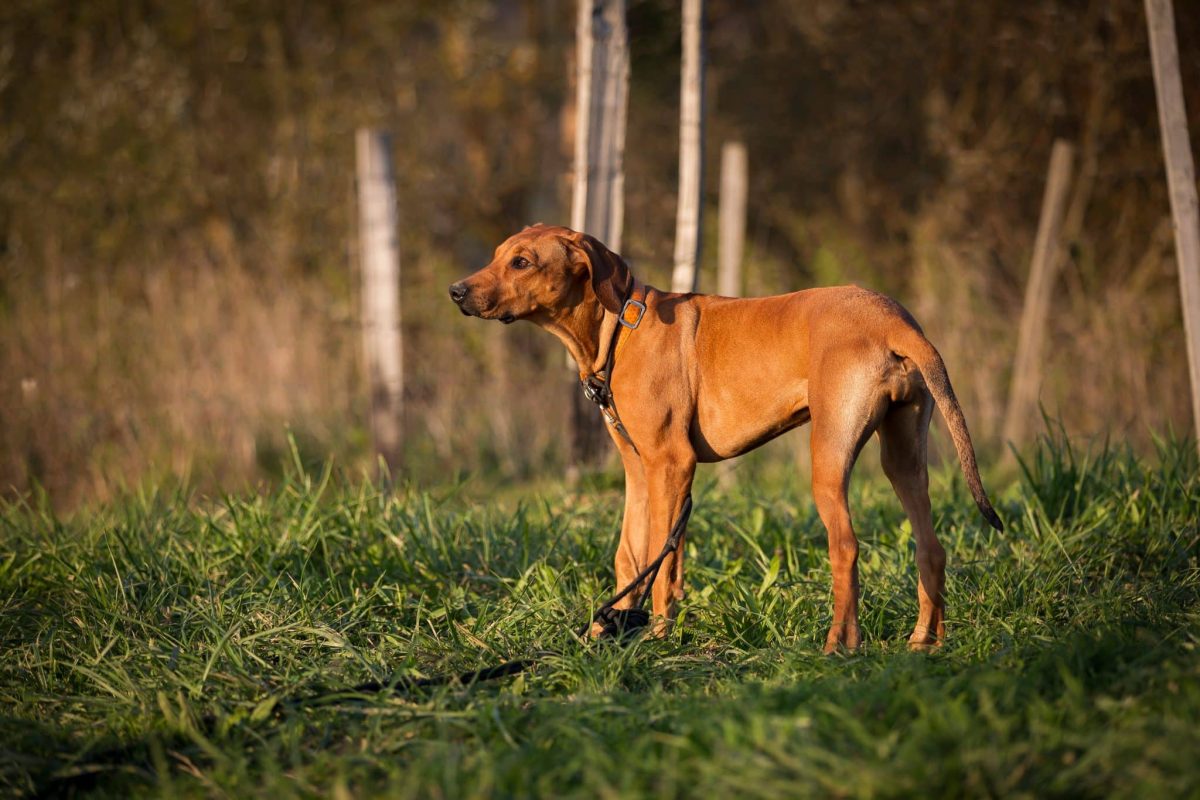
 English (US) ·
English (US) ·